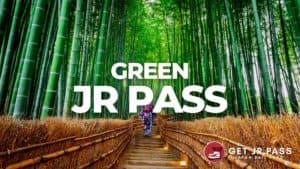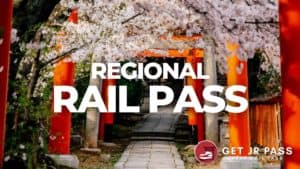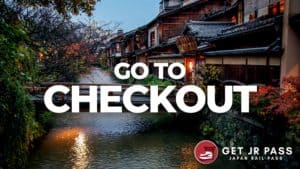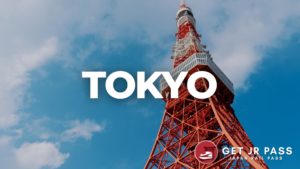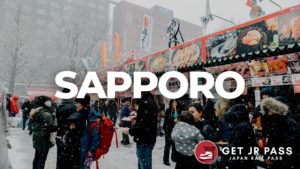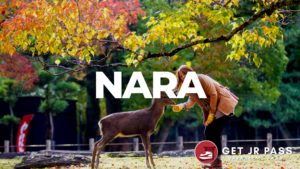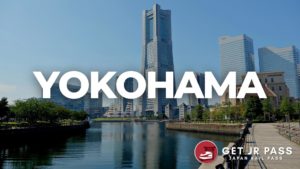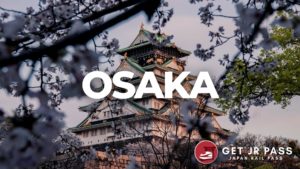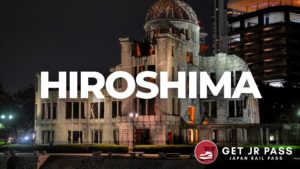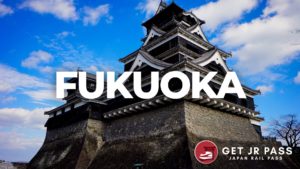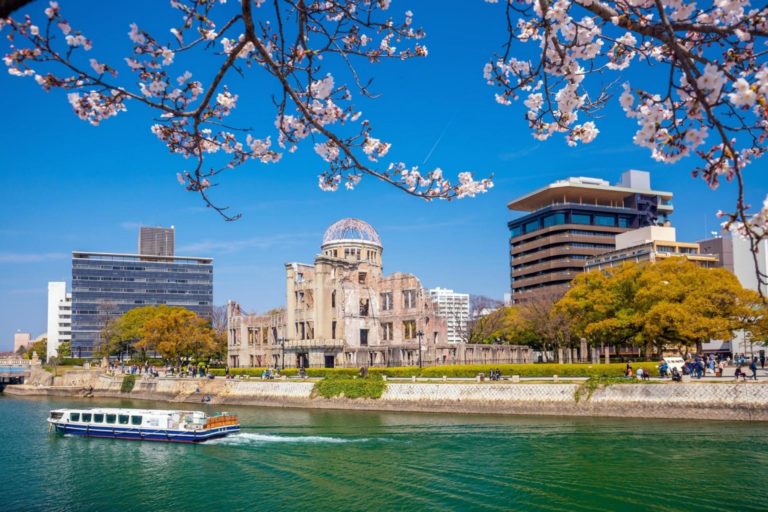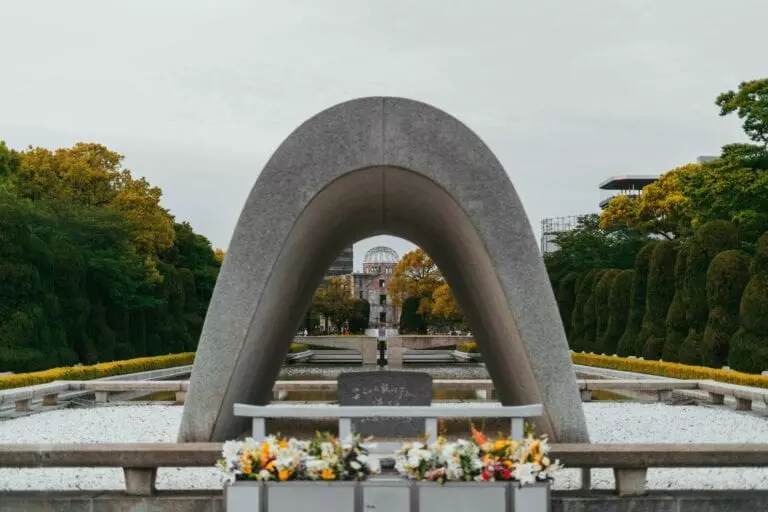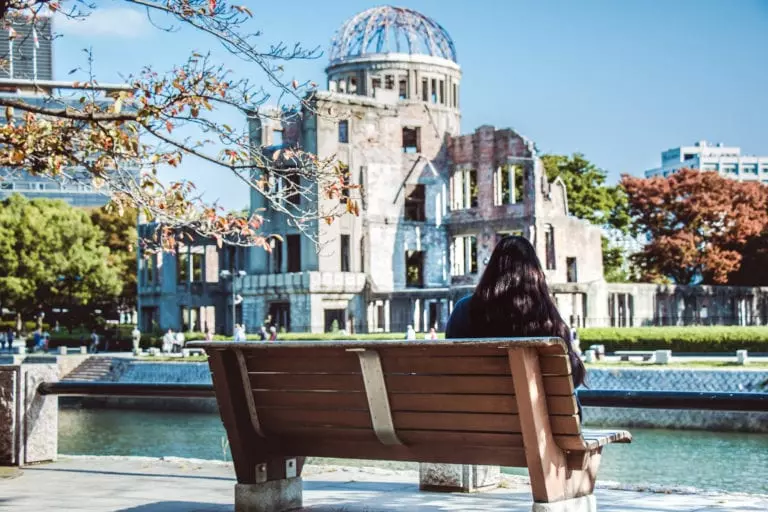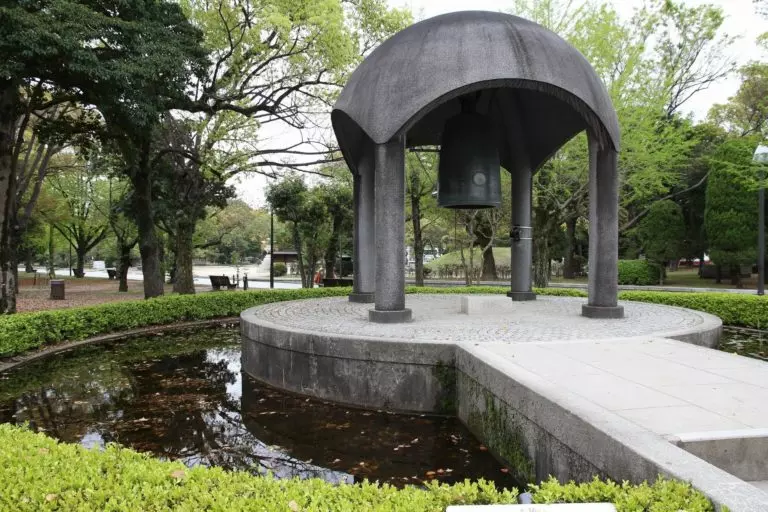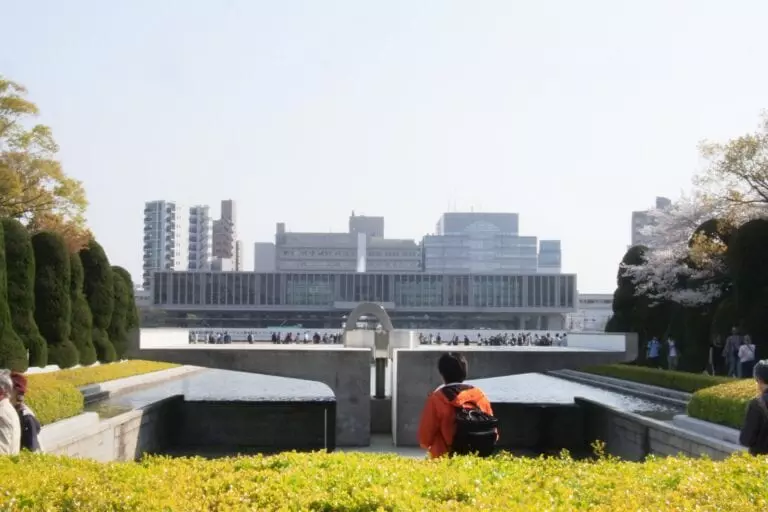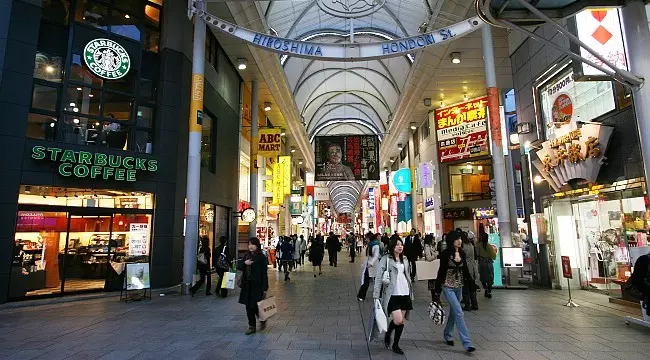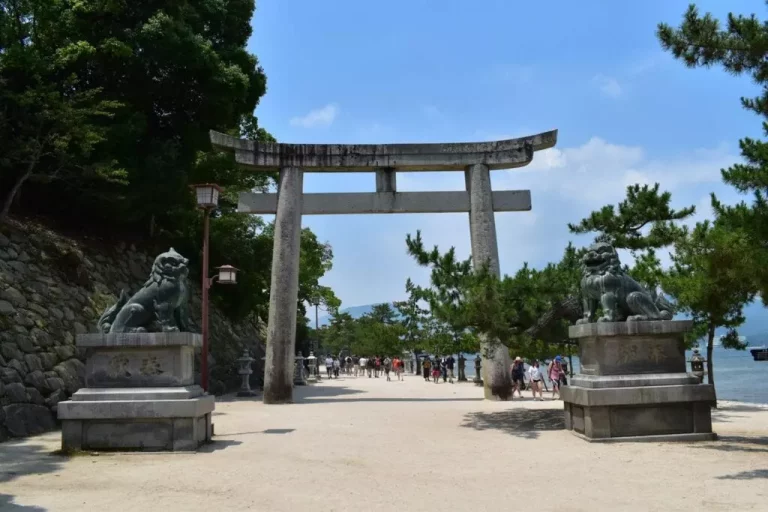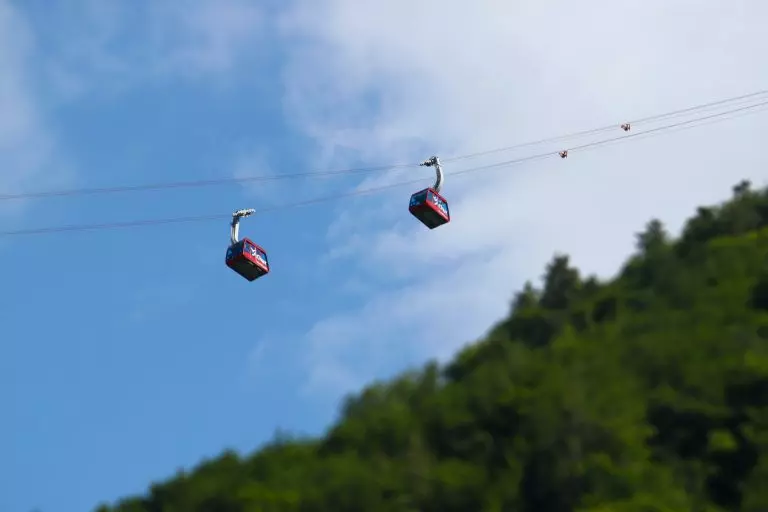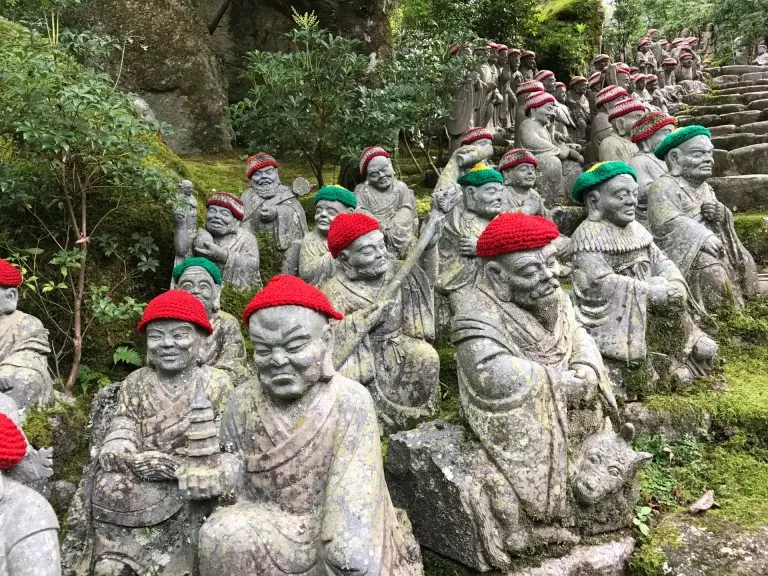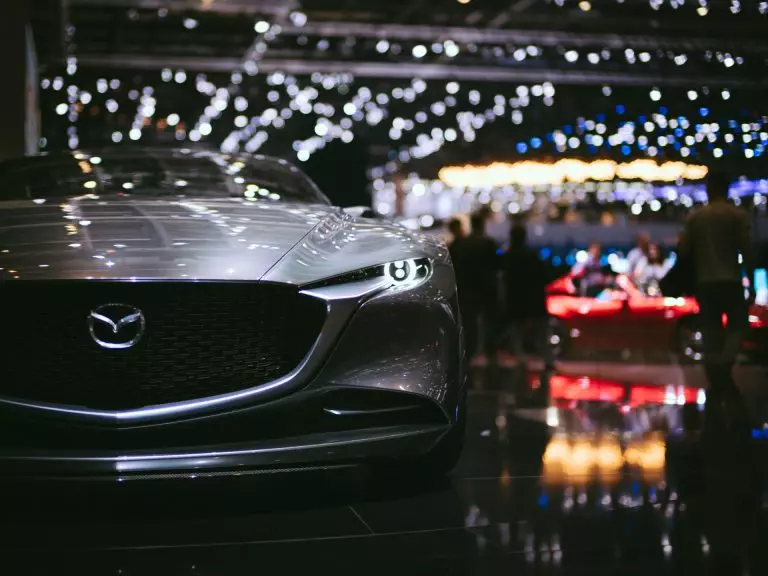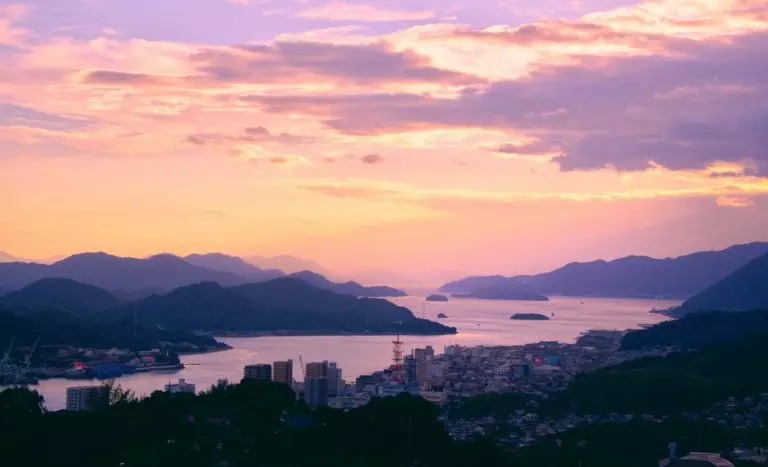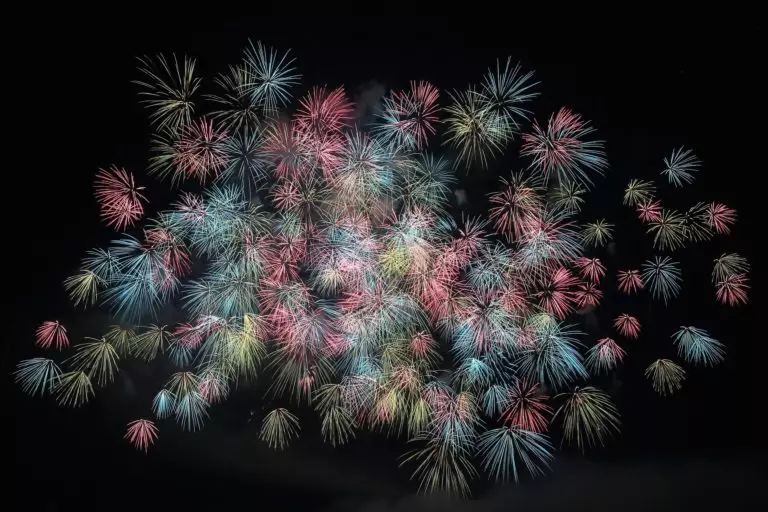- Home
- Japan Rail PassWhat is a Japan Rail Pass?
The Japan Rail Pass is a train pass that allows you to move freely on the Shinkansen high-speed trains, regular trains, buses, some boats and by subway on JR lines throughout Japan.
Getjrpass is an official partner and seller. We will ship out your order within one workday with UPS Express.
- Travel GuideTravel guides & tips
Explore Japan like a local with our must-read travel guide. Packed with insider tips and recommendations, it covers everything from transportation and accommodation to local cuisine and customs. With stunning photos and engaging writing, it’s the perfect companion for your trip to Japan. Don’t miss out!
- Flights
- Forum
- UsefulJapan Rail Pass
-
DiscountsDiscounts
-
Eligible for JR PassEligible for JR Pass
-
What is a Green passWhat is a Green pass
-
Useful informationUseful information
-
How to order a JR PassHow to order a JR Pass
-
Checklist before JapanChecklist before Japan
JR Pass information-
Order standard JR PassOrder standard JR Pass
-
Order green JR PassOrder green JR Pass
-
Order regional passOrder regional pass
-
Compare pass typesCompare pass types
-
Internet in JapanInternet in Japan
-
Nozomi & Mizuho ticketNozomi & Mizuho ticket
Useful links-
BlogBlog
-
Useful toolsUseful tools
-
Train typesTrain types
-
Travel itinerariesTravel itineraries
-
Oversized luggageOversized luggage
-
Train & metro mapsTrain & metro maps
-
- About usUseful links
-
About usAbout us
-
Contact usContact us
-
Privacy PolicyPrivacy Policy
-
Return and refundReturn and refund
-
Good to knowGood to know
-
Brand AmbassadorsBrand Ambassadors
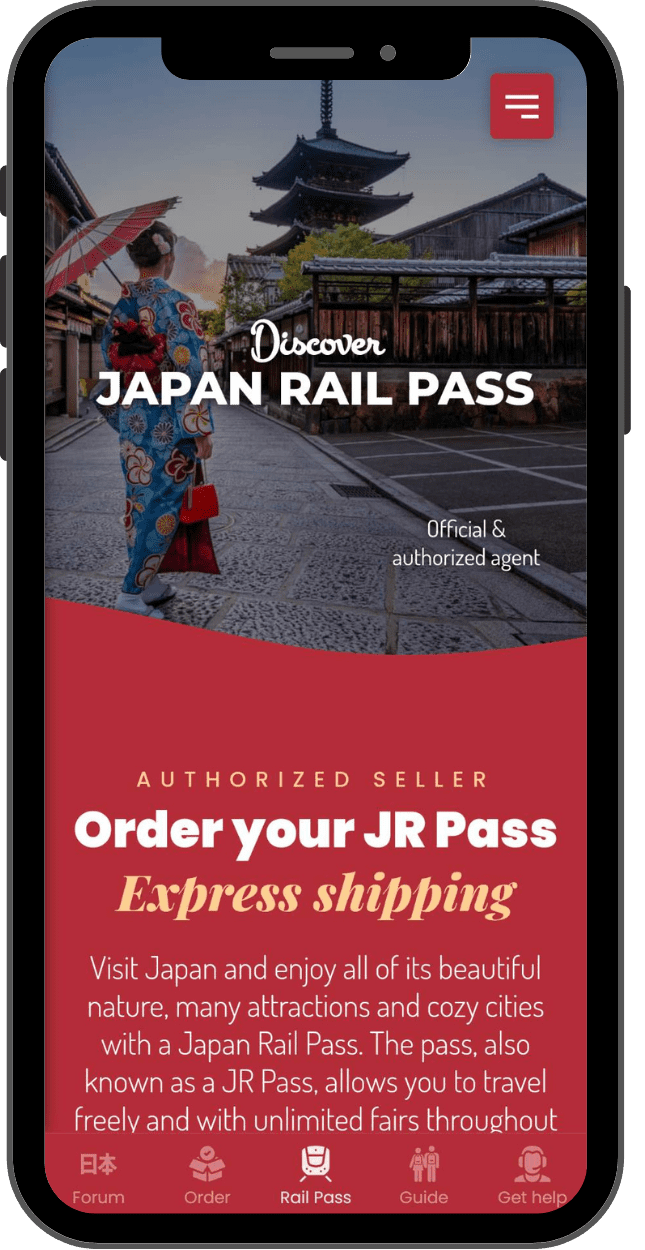
-
- Get helpAbout us
Learn about our company and the people behind it by visiting our “About us” page. Get to know the team!
Get more help-
Return & refundsReturn & refunds
-
Privacy policyPrivacy policy
-
Japanese CitizenJapanese Citizen
-
Eligible usersEligible users
-
F.A.QF.A.Q
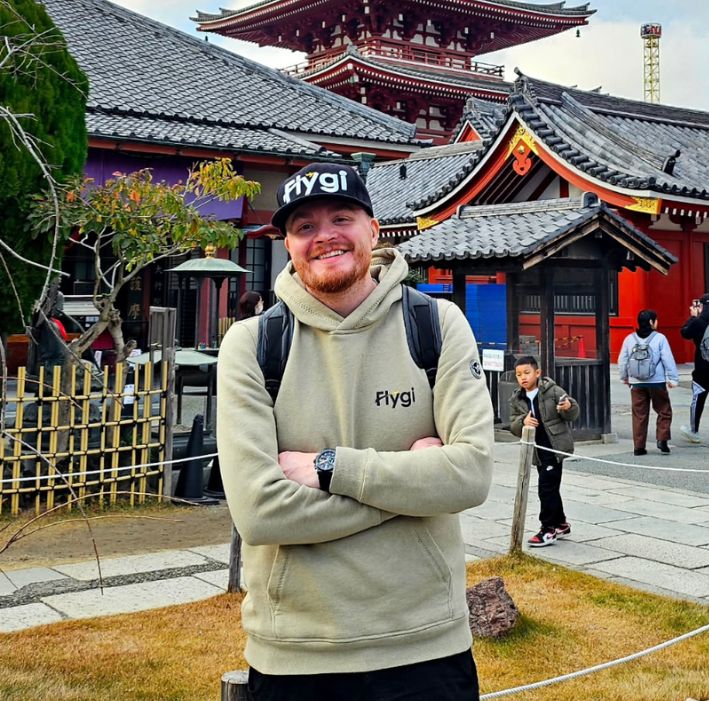
-
- Home
- Japan Rail PassWhat is a Japan Rail Pass?
The Japan Rail Pass is a train pass that allows you to move freely on the Shinkansen high-speed trains, regular trains, buses, some boats and by subway on JR lines throughout Japan.
Getjrpass is an official partner and seller. We will ship out your order within one workday with UPS Express.
- Travel GuideTravel guides & tips
Explore Japan like a local with our must-read travel guide. Packed with insider tips and recommendations, it covers everything from transportation and accommodation to local cuisine and customs. With stunning photos and engaging writing, it’s the perfect companion for your trip to Japan. Don’t miss out!
- Flights
- Forum
- UsefulJapan Rail Pass
-
DiscountsDiscounts
-
Eligible for JR PassEligible for JR Pass
-
What is a Green passWhat is a Green pass
-
Useful informationUseful information
-
How to order a JR PassHow to order a JR Pass
-
Checklist before JapanChecklist before Japan
JR Pass information-
Order standard JR PassOrder standard JR Pass
-
Order green JR PassOrder green JR Pass
-
Order regional passOrder regional pass
-
Compare pass typesCompare pass types
-
Internet in JapanInternet in Japan
-
Nozomi & Mizuho ticketNozomi & Mizuho ticket
Useful links-
BlogBlog
-
Useful toolsUseful tools
-
Train typesTrain types
-
Travel itinerariesTravel itineraries
-
Oversized luggageOversized luggage
-
Train & metro mapsTrain & metro maps
-
- About usUseful links
-
About usAbout us
-
Contact usContact us
-
Privacy PolicyPrivacy Policy
-
Return and refundReturn and refund
-
Good to knowGood to know
-
Brand AmbassadorsBrand Ambassadors

-
- Get helpAbout us
Learn about our company and the people behind it by visiting our “About us” page. Get to know the team!
Get more help-
Return & refundsReturn & refunds
-
Privacy policyPrivacy policy
-
Japanese CitizenJapanese Citizen
-
Eligible usersEligible users
-
F.A.QF.A.Q

-



